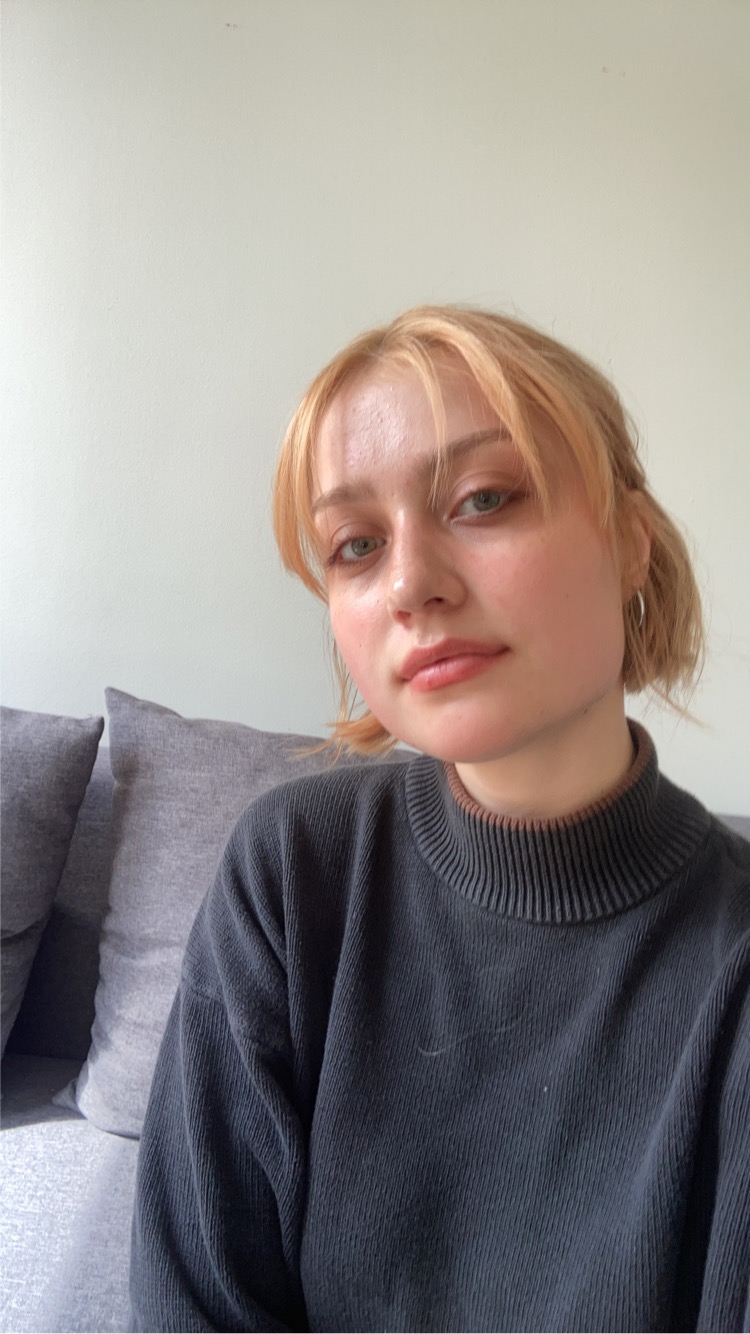Shaped by shrinkage
Category: Apparel
Competitions: Fashion Competition 2025
‘Shaped by shrinkage’ is an exploration of wool shrinkage as a technique of textile and garment creation. The inspiration for my came from an earthwork, ‘Sculpture for the Earth’ created by a polish artist, Teresa Murak. The salient aspect of my experience with this artwork was the appreciation of its exploration of the relationship between negative and positive space. I was curious how this could be translated into fashion. The notion of fabric shrinkage was inspired by Comme des Garçons' F/W 1994 collection, featuring woollen, tailored, and lined garments that were boiled. I was curious whether I would be able to use wool shrinkage as a deliberate process for both design and garment execution. The shrinkage of a man-made woollen tweed, turns it into a felted piece of material, reestablishing the connection to the fibre origin. Felt is one of the oldest fabrics in human history, known for its weather-resistant and durable qualities. My process while technically damaging the tweeds; proved to increase the quality of cheaper wool, as it resulted in binding the fibres together. It is irreversible, and the shrinkage results in the regeneration of tweed through losing or breaking the regularity of its structure into a sturdy, far more durable felted piece of fabric. In the context of the shape of the garment, the wool shrinkage process helped me reimagine the garment as not the finished product, but as changing with time and environment. Even though I have made multiple tests to achieve a desired result, the process included far more trials and errors than my usual projects. The acceptance of the unpredictability became a vital part of my process. The process of shrinking the garment changes its shape and texture in a mostly unpredictable way, leading to new forms and appreciation of imperfection. The regeneration occurs through new unexpected results transforming the garment into a completely new design. The coat that I have created is a combination of fabric deconstruction, shrinkage, and traditional tailoring techniques. The whole upper body part is reinforced with toile cotton providing structure and holding the weight of the texture.The garment provided an opportunity for finding textures in the shrinkage technique but also a method of using leftover materials. As the texture was created by cutting singular woollen rectangles out of wool, it allowed not only minimal waste but also usage of woollen pieces of fabric that were too small to use for pattern cutting.

